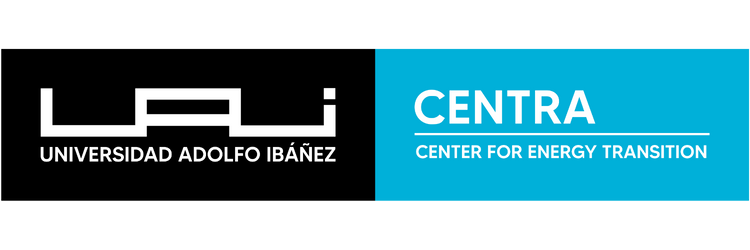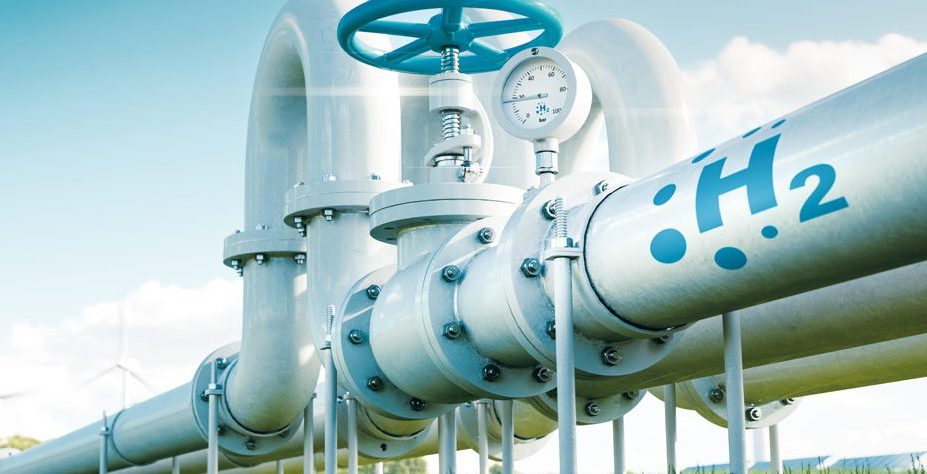Chile is two years away from becoming a potential leader in H2 production for the world
May 23, 2023
A sustainable energy future is emerging in Antofagasta, Coquimbo, Valparaíso, Metropolitana, Biobío, and Magallanes. These regions host a portfolio of 50 publicly announced Green Hydrogen (H₂) projects at various stages of development, according to H₂ Chile, as reported by MINERÍA CHILENA.
Ricardo Rodríguez, Head of Studies at H₂ Chile, explains that “most of these projects are still in the feasibility and pre-feasibility stages, with projections to begin operations between 2025 and 2030.”
Danilo Jara, researcher at the Energy Transition Center (CENTRA) of the Faculty of Engineering and Sciences at Universidad Adolfo Ibáñez (UAI), emphasizes that H₂ plays a crucial role not only as a clean fuel but also as a raw material for chemical synthesis.
“For a short-term alternative, both hydrogen and carbon dioxide (CO₂) play a key role. Through chemical processes like Fischer-Tropsch, these gases can be converted into synthetic hydrocarbons. If we use H₂ and CO₂ captured from the atmosphere to produce these fuels, we contribute to carbon neutrality since we recycle the same CO₂ emitted during combustion,” explains Jara.
“This would allow us to continue using hydrocarbon-based transportation more sustainably while transitioning to hydrogen fuel cell vehicles.”
With operations projected between 2025 and 2030, this sustainable energy source and its derivatives offer economic and social development opportunities for Chile.
Current Hydrogen Projects and Challenges
Pablo Tello, Technical Advisor for the Decarbonization Project in Chile at Deutsche Gesellschaft für Internationale Zusammenarbeit (GIZ), highlights that Chile is currently developing pilot projects, such as:
- HIF’s synthetic fuel project
- Hydrogen fuel cell forklifts
“Developing a multi-megawatt hydrogen project takes several years. Even considering 500 MW or 1 GW projects is a significant challenge at all levels,” he notes.
Rodríguez (H₂ Chile) adds that hydrogen derivatives, such as green ammonia, also hold great potential:
“Green ammonia can be used as a raw material for explosives, contributing to the decarbonization of industries such as mining.”
There are also pilot initiatives exploring hydrogen use for copper concentrate processing, which could replace fossil fuels. Additionally, hydrogen-powered mining truck fleets are being studied.
Key Hydrogen Projects in Chile
Green Patagonia Chile – Magallanes
Located on 37,000 hectares near the former Pecket coal mine in Seno Otway, Magallanes, this project is focused on green ammonia production.
Marcelo Silva, Executive Director of Green Patagonia Chile, explains:
*”We are transforming a coal extraction site into a green fuel production hub. Our assets include Pecket Port, which has an active maritime concession and can accommodate Panamax vessels over 80,000 tons.
We also have an industrial zone near the port for the installation of electrolyzers, Haber-Bosch plants, and storage facilities.”*
Currently, the project is in the engineering phase and completing its environmental baseline study, with over a year of wind measurement data.
“We expect to produce around 1 million tons of green ammonia annually,” Silva states.
H₂ Development Programs by GIZ
GIZ supports several hydrogen initiatives:
- H₂Uppp Program – Develops renewable hydrogen projects in collaboration with leading German or European companies and is now expanding to Uruguay and Argentina.
- Renewable Hydrogen Development in Chile – Focuses on closing regulatory gaps, permitting challenges, and early-stage feasibility studies.
According to GIZ, one of the most advanced projects is the Haru Oni pilot in Punta Arenas, which is already producing synthetic fuel from renewable hydrogen.
Other notable initiatives include:
- Hydrogen fuel cell forklifts at Walmart’s cold storage distribution center
- Hydrogen pilot project at Minera San Pedro, approved by the National Mining Pilot Center
- Hydrogen use in remote locations, such as Base Julio Escudero in Antarctica
- Retrofit studies for hydrogen-powered freight locomotives
CENTRA-UAI’s Hydrogen Initiatives
The Energy Transition Center (CENTRA) at Universidad Adolfo Ibáñez is working on public-private partnerships to develop the H₂ value chain, focusing on:
- Generation
- Transport and distribution
- Use as raw material
A hydrogen plant is being installed at UAI’s Peñalolén campus, leveraging electricity from the campus’s photovoltaic plant.
The Future of Green Hydrogen in Chile
According to Marcelo Silva, Magallanes’ exceptional wind conditions, with net capacity factors exceeding 50%, have attracted top-tier international developers.
“Several large-scale projects are expected to materialize in the medium term, bringing jobs and sustainable development to the region,” he says.
Chile’s Competitive Edge in Hydrogen Production
Danilo Jara (CENTRA UAI) states that Chile has tremendous potential for solar and wind energy, allowing for low-cost renewable energy production and globally competitive green hydrogen prices.
“Chile could become one of the world’s leading H₂ exporters. However, to achieve this, we must develop public policies that accelerate hydrogen project implementation,” he emphasizes.
Silva adds:
“These projects compete with Australia, Africa, and Argentina. Therefore, clear and stable regulations are crucial to ensure Chile remains an attractive investment destination. Investors will move elsewhere if regulations are not competitive.”
Hydrogen in Transportation and Heavy Industries
Pablo Tello (GIZ) predicts that hydrogen-powered transportation will first be adopted in high-autonomy sectors, such as:
- Long-distance passenger transport
- Freight transport
- Mining trucks operating 24/7, where fast refueling is critical, making battery-powered solutions impractical
“At scale, hydrogen could play a key role in heavy-duty transport where current battery solutions cannot meet operational demands,” he concludes.
Read the full article in MCH.

